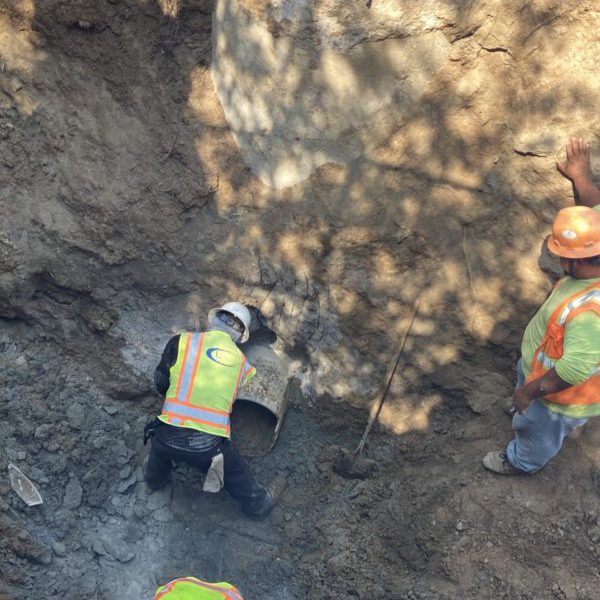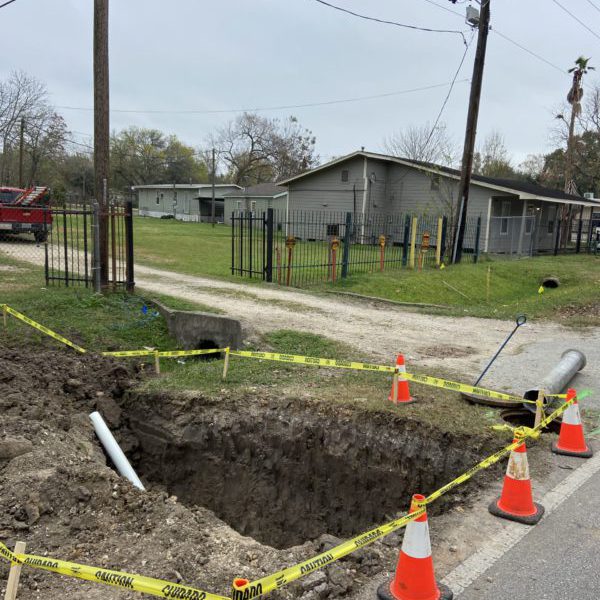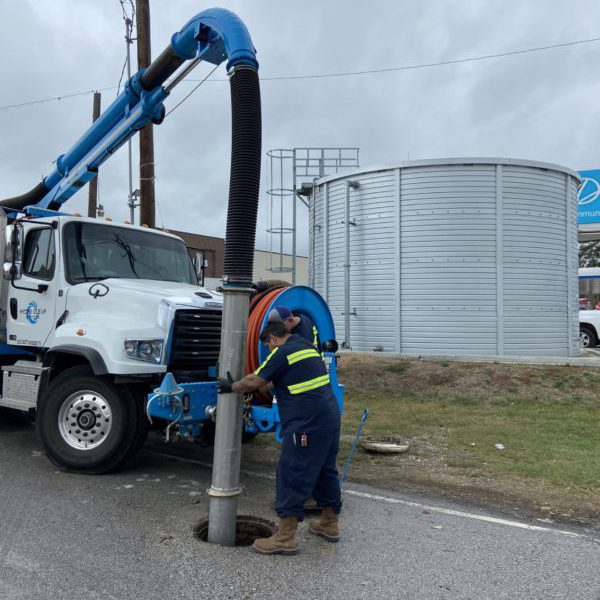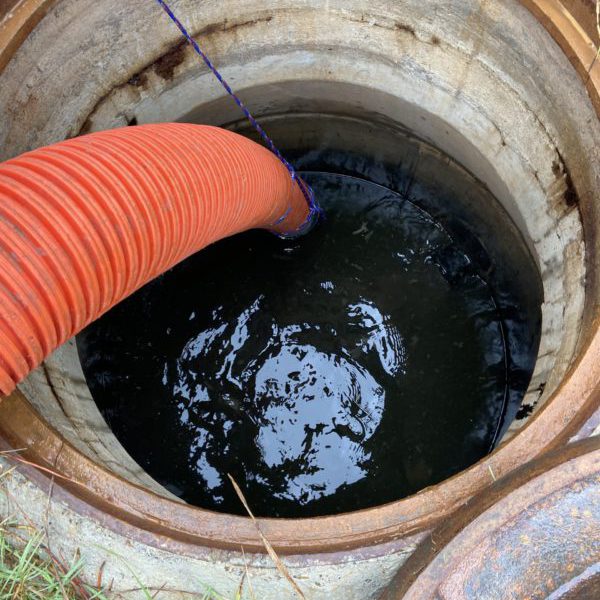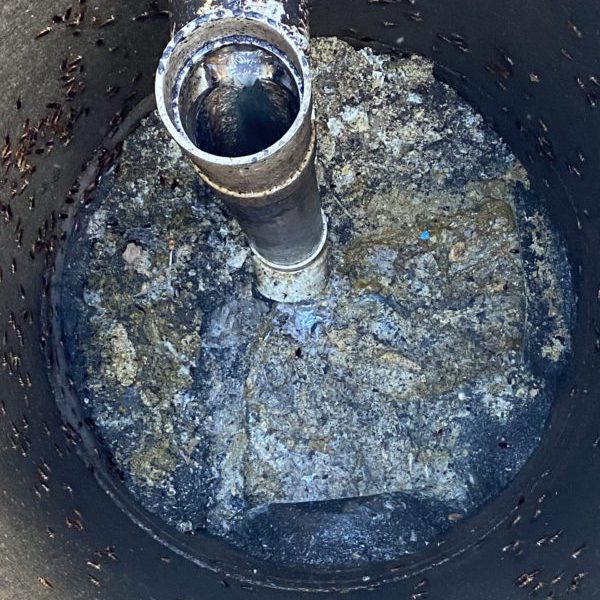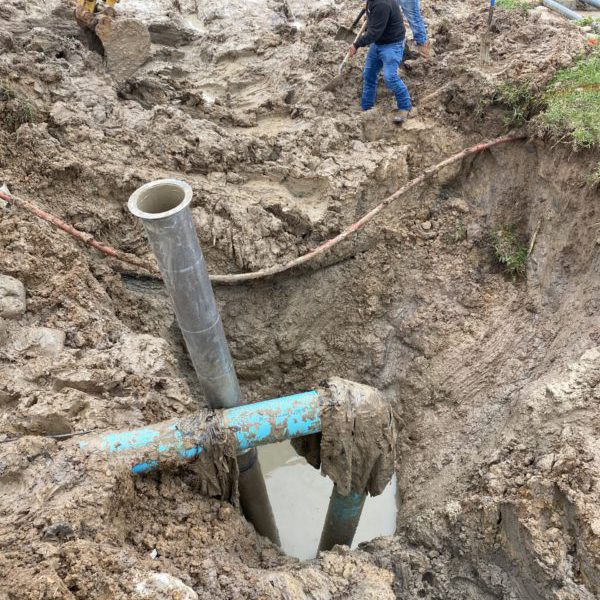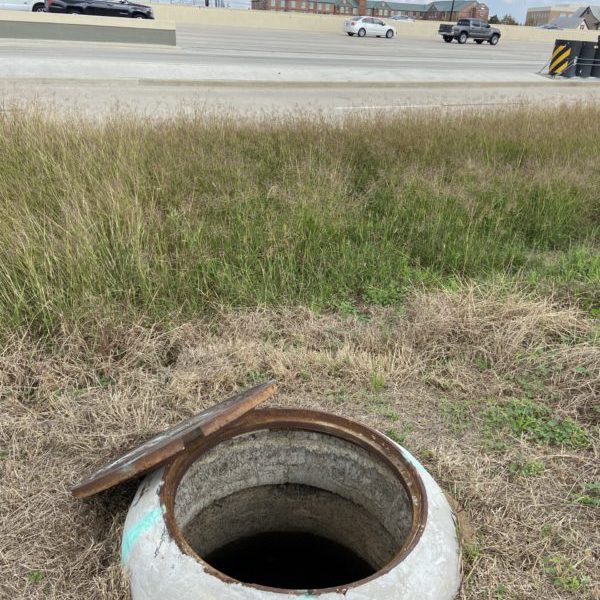A sanitary sewer, or foul sewer, is an underground pipe system for transporting sewage (not storm water) from commercial facilities to treatment plants to be filtered, treated and discharged.
There are two types of sanitary sewage: domestic sewage from houses and apartments, and industrial sewage from manufacturing or chemical processes. A storm sewer is a system designed to carry rainfall runoff and other drainage.
A clean and sanitary environment to live and work is a basic human need. This includes providing a system for efficiently moving sewage through a collection system to an environmentally safe place of treatment and disposal.
If you have a clog in the lateral sewer line or your sewer clean out needs to be emptied, the responsibility and cost falls on the property owner. A blockage in the sewer line can cause sewage to quickly back up inside the business, causing damage to your business and potentially to your and your employee’s health.
The public sewer system that is maintained by your local municipality is the city is responsible for cleaning and removing blockages from those lines. Their sewer clean outs are larger, and are located periodically along the municipal sewer line.
It is recommended a sewer line to be cleaned out every two years.
Resources
Transporting Waste in Texas – A Guide to Regulations

